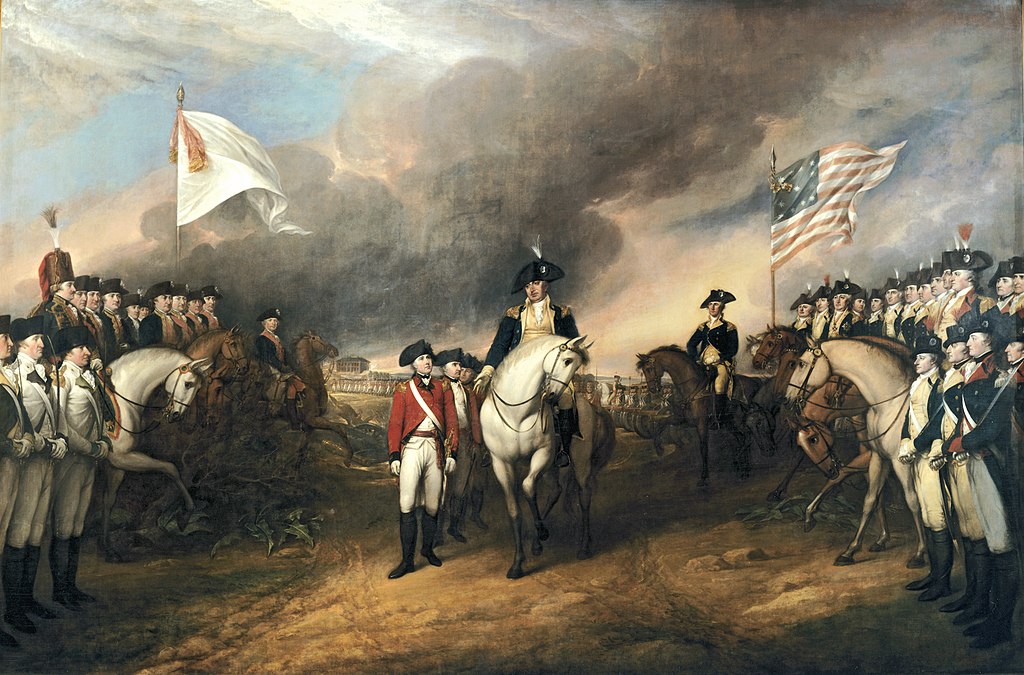The Siege of Yorktown ended British control during the American Revolution. On September 28, 1781, American and French troops, who had formed a crucial alliance, joined forces to begin the siege of Yorktown, Virginia, in the decisive battle that led to American independence.
Fun Facts:
- The Siege of Yorktown is also referred to as the Battle of Yorktown.
- The siege began on September 28, 1781, when the combined American and French forces, under the leadership of General George Washington and French General Rochambeau, marched on Yorktown, Virginia, united in their quest for victory.
- It is estimated that the American side had about 3000 fighting men, while the British had 5000.
- Under the command of General Charles Cornwallis, the British forces found themselves in a dire situation during the Siege of Yorktown. Trapped in Yorktown with their backs to the York River, they were effectively cut off from any escape route, a strategic advantage for the American and French troops.
- The French naval forces, with their strategic blockade of British ships, played a pivotal role in the Siege of Yorktown, demonstrating the significant impact of international support on the American Revolution.
- The siege lasted 21 days, with relentless artillery bombardments wearing down the British defenses.
- On October 19, 1781, at precisely 10:30 a.m., Cornwallis’ forces officially surrendered, effectively ending major combat in the American Revolution.
- The victory at Yorktown, culminating in the surrender of British forces, set the stage for the signing of the Treaty of Paris in 1783. This treaty, which officially recognized American independence, was a direct result of the Siege of Yorktown. It not only ended the war but also established the boundaries of the new nation, marking a significant milestone in American history.

